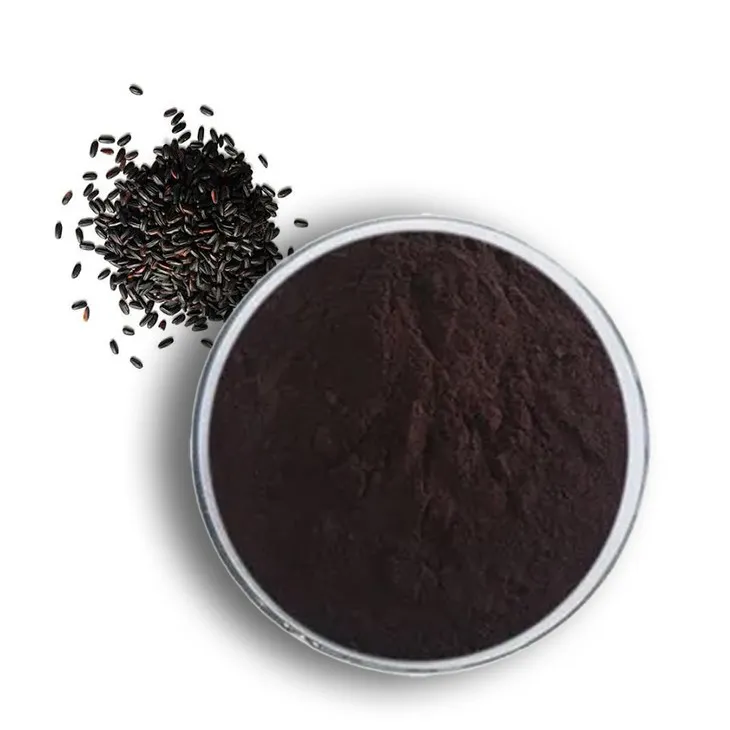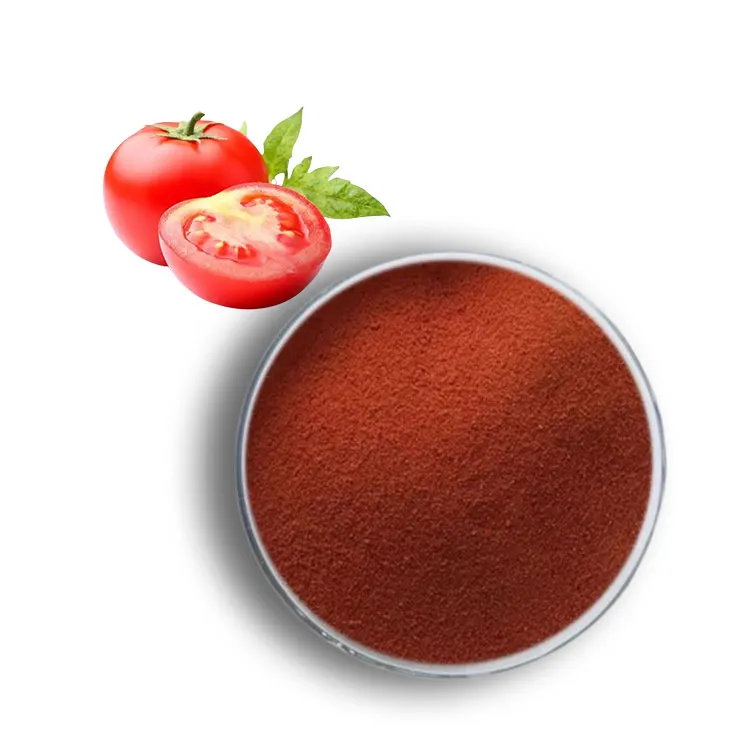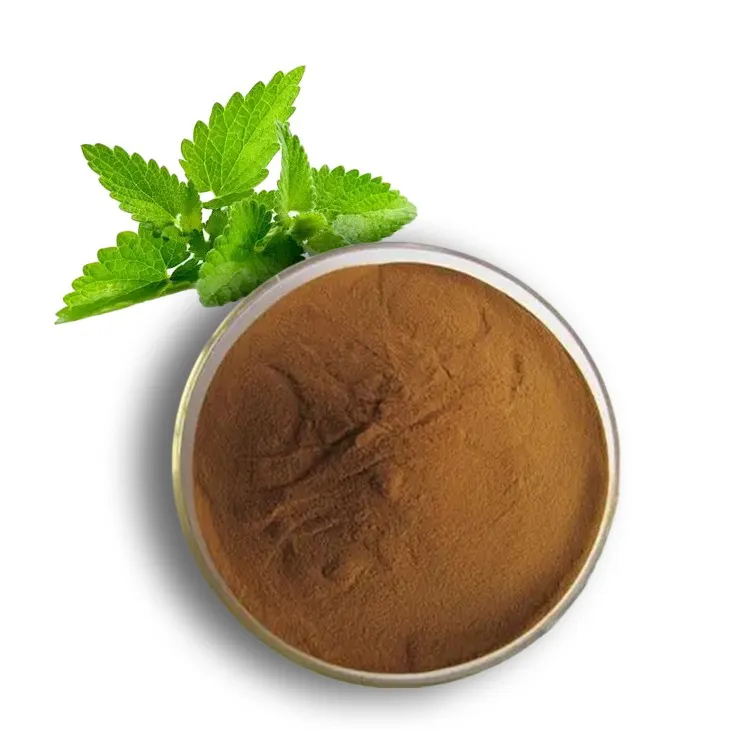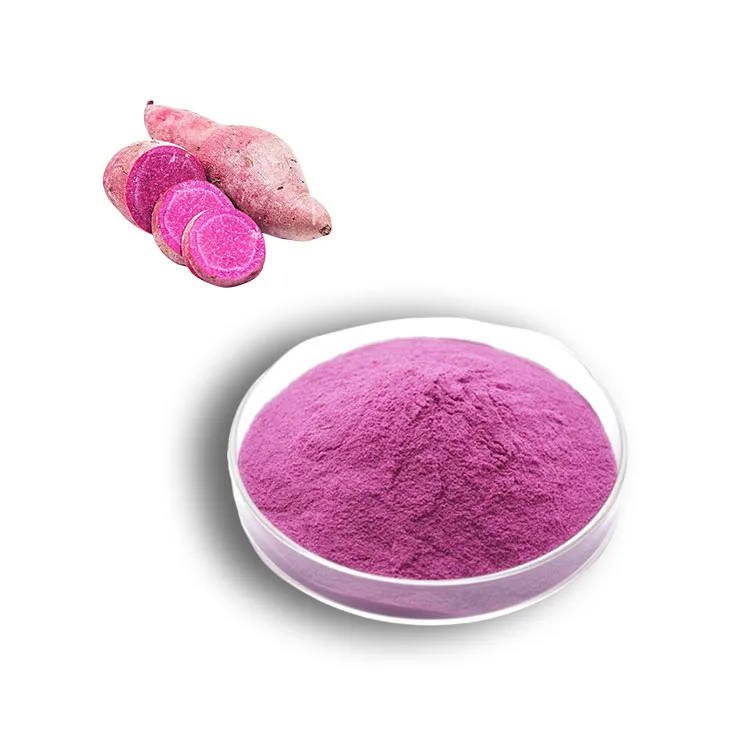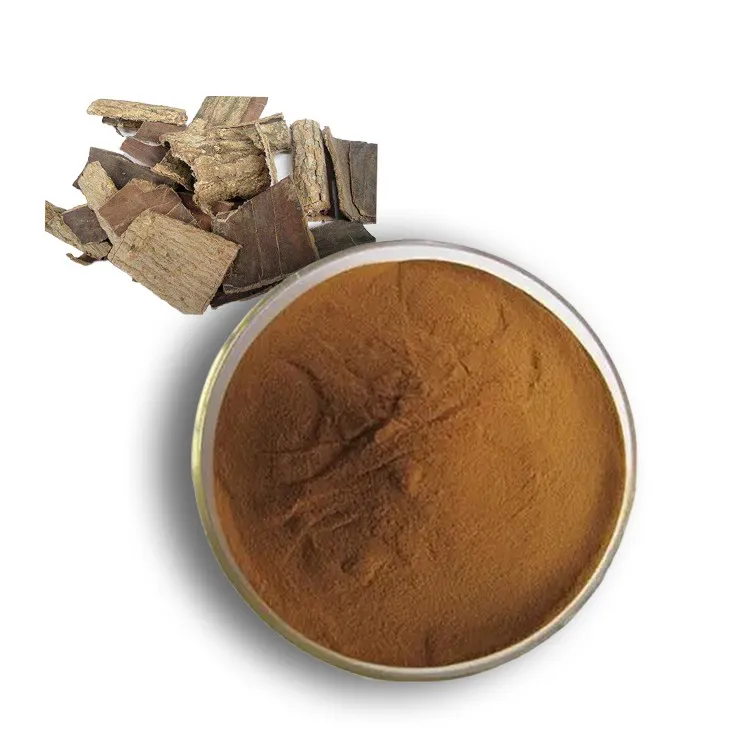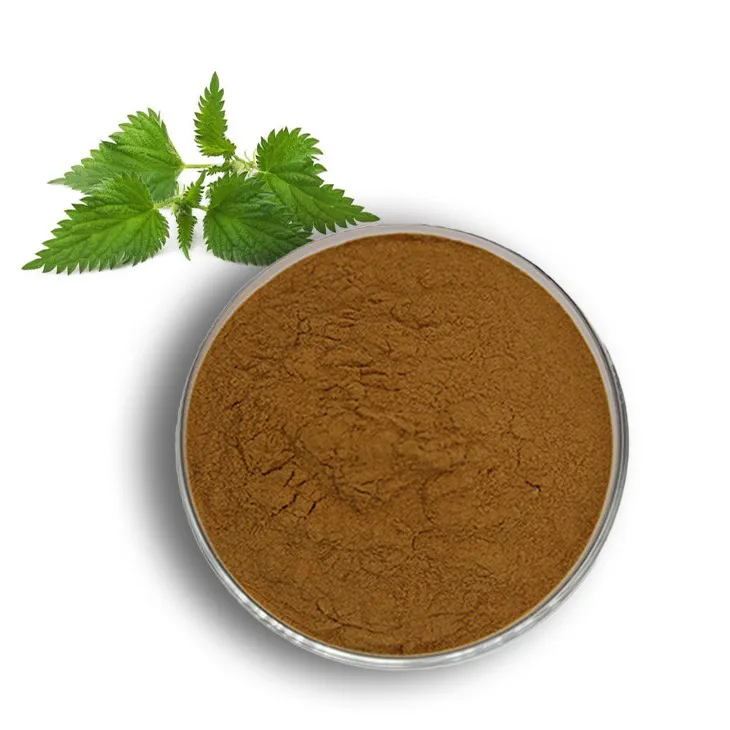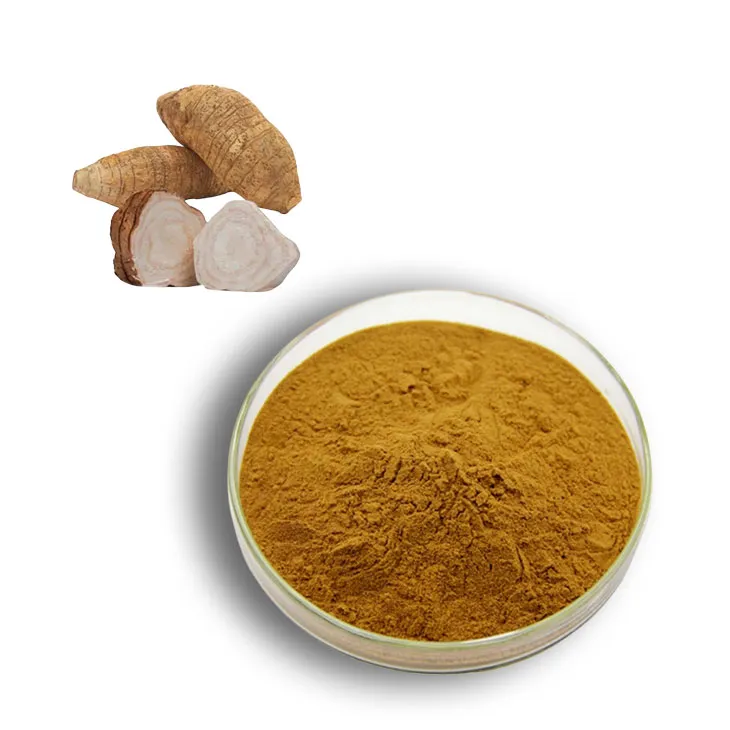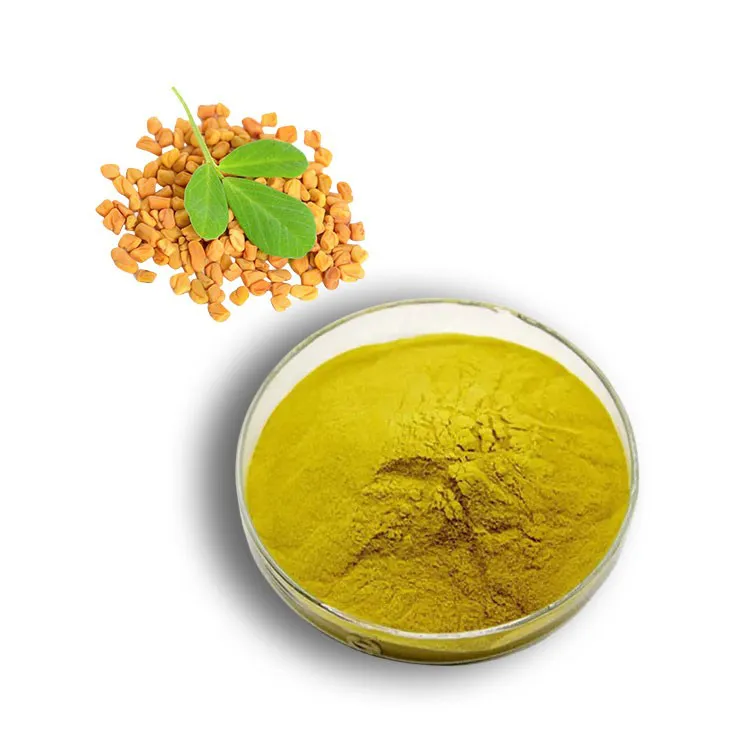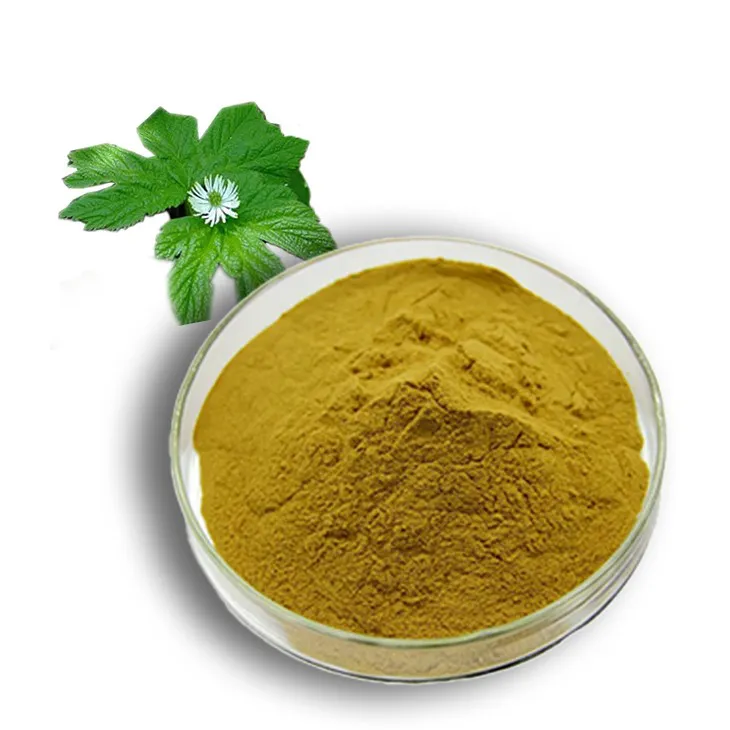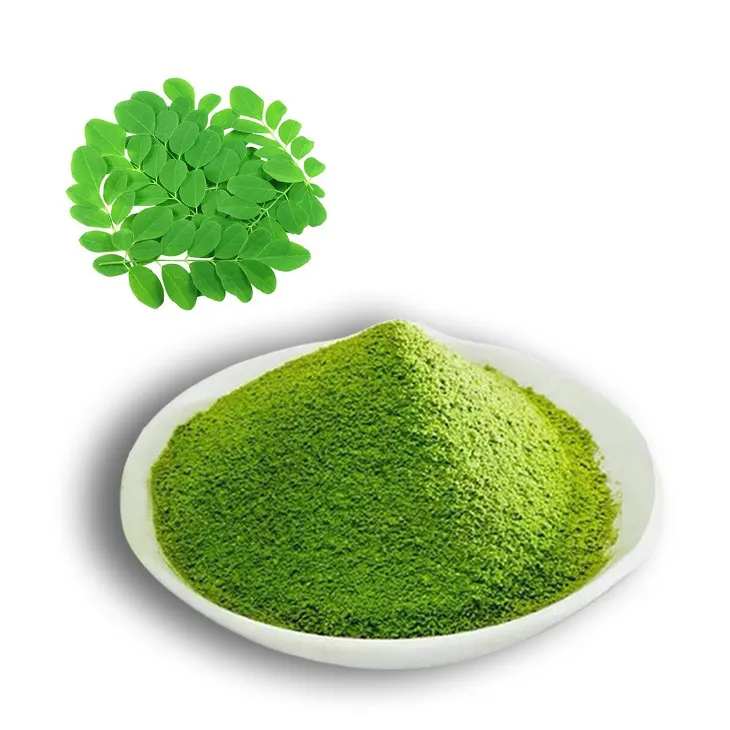- 0086-571-85302990
- sales@greenskybio.com
A Novel Approach to DNA Extraction from Plant Leaves: Methodology and Outcomes
2024-07-18
1. Introduction
DNA extraction is a fundamental step in many plant - related research fields. Traditional methods of DNA extraction from plant leaves often face challenges such as low yield, poor quality, and time - consuming procedures. In this article, we present a novel approach to DNA extraction from plant leaves that aims to overcome these limitations. This new method not only has the potential to improve the quantity and quality of the extracted DNA but also can significantly impact various plant - related research areas, including conservation genetics and transgenic plant development.
2. Methodology
2.1. Leaf Collection
The first step in our novel DNA extraction method is the careful collection of plant leaves. It is crucial to select healthy, young leaves from the target plant. Young leaves are preferred as they generally contain a higher amount of actively dividing cells, which are rich in DNA. Leaves should be collected using clean, sterilized scissors or forceps to avoid contamination from external sources. Once collected, the leaves are immediately placed in a pre - cooled container to prevent any degradation of the DNA due to enzymatic activities.
2.2. Pretreatment of Leaves
After collection, the leaves undergo a pretreatment process. This involves washing the leaves thoroughly with distilled water to remove any surface dirt, debris, or pesticides. Subsequently, the leaves are blotted dry using clean filter paper. Then, the leaves are cut into small pieces (approximately 2 - 3 mm in size) to increase the surface area for subsequent extraction steps. This size reduction helps in better penetration of the extraction reagents and more efficient release of DNA.
2.3. Extraction Buffer Preparation
The extraction buffer used in our novel method is a carefully formulated solution. It contains a combination of components such as Tris - HCl (pH 8.0), which helps in maintaining the appropriate pH for DNA stability; EDTA (ethylene diamine tetraacetic acid), which chelates metal ions and inhibits DNase activity; NaCl (sodium chloride), which helps in disrupting the cell membrane; and SDS (sodium dodecyl sulfate), which is a detergent that solubilizes the cell membrane and nuclear membrane, thereby releasing the DNA. The precise concentrations of these components are optimized to ensure efficient extraction. For example, the concentration of Tris - HCl is set at 100 mM, EDTA at 20 mM, NaCl at 1.5 M, and SDS at 2% (w/v). The extraction buffer is prepared fresh before each extraction to ensure its effectiveness.
2.4. Incubation and Homogenization
The pretreated leaf pieces are then placed in a centrifuge tube containing the extraction buffer. The ratio of leaf tissue to extraction buffer is maintained at approximately 1:5 (w/v). The tube is then incubated at 65°C for 30 minutes in a water bath. This incubation step helps in further disrupting the cell membranes and denaturing proteins associated with DNA. After incubation, the tube is removed from the water bath and cooled on ice for 5 minutes. Subsequently, the contents of the tube are homogenized using a pestle or a homogenizer. Homogenization is carried out gently to avoid shearing the DNA. This step helps in breaking down the cell walls and releasing the DNA into the extraction buffer.
2.5. Centrifugation and Separation
After homogenization, the tube is centrifuged at 12,000 rpm for 10 minutes at 4°C. This centrifugation step separates the cellular debris, which forms a pellet at the bottom of the tube, from the supernatant containing the DNA. The supernatant is carefully transferred to a new centrifuge tube, leaving behind the pellet. This step helps in purifying the DNA - containing solution and removing unwanted cellular components.
2.6. DNA Precipitation
To precipitate the DNA from the supernatant, an equal volume of ice - cold isopropanol is added to the supernatant. The tube is then gently inverted several times to mix the contents. DNA precipitates out of the solution as a white, stringy material. The tube is then incubated at - 20°C for 30 minutes to enhance the precipitation. After incubation, the tube is centrifuged at 12,000 rpm for 10 minutes at 4°C. The DNA pellet formed at the bottom of the tube is then washed with 70% ethanol to remove any remaining salts or contaminants. The pellet is air - dried for a few minutes to remove the ethanol completely.
2.7. DNA Resuspension
Finally, the dried DNA pellet is resuspended in a small volume of TE buffer (10 mM Tris - HCl, 1 mM EDTA, pH 8.0). The volume of TE buffer used for resuspension depends on the expected concentration of DNA. A gentle pipetting action is used to ensure complete resuspension of the DNA pellet. The resuspended DNA is then stored at - 20°C until further analysis.
3. Outcomes
3.1. Quantity of Extracted DNA
One of the significant outcomes of our novel DNA extraction method is the enhanced quantity of DNA obtained from plant leaves. When compared to traditional extraction methods, our method consistently yields a higher amount of DNA. For example, in experiments conducted on various plant species such as Arabidopsis thaliana, Nicotiana tabacum, and Zea mays, the average DNA yield using our method was approximately 50 - 100 μg per gram of leaf tissue, while traditional methods yielded only 20 - 50 μg per gram of leaf tissue. This increase in DNA quantity can be attributed to several factors in our method. The optimized extraction buffer components and the gentle yet efficient homogenization step ensure better release of DNA from the cells, resulting in a higher yield.
3.2. Quality of Extracted DNA
In addition to quantity, the quality of the extracted DNA is also of utmost importance. Our novel method results in high - quality DNA with a high degree of purity. Analysis using spectrophotometry showed that the ratio of absorbance at 260 nm to 280 nm (A260/A280) for the DNA extracted by our method was in the range of 1.8 - 2.0, which indicates a relatively pure DNA sample free from significant protein contamination. Agarose gel electrophoresis also revealed that the DNA extracted by our method had a high molecular weight and was relatively intact, without significant shearing or degradation. This high - quality DNA is suitable for a wide range of downstream applications such as polymerase chain reaction (PCR), restriction enzyme digestion, and DNA sequencing.
4. Impact on Plant - Related Research Areas
4.1. Conservation Genetics
In the field of conservation genetics, accurate and efficient DNA extraction is crucial for studying the genetic diversity and population structure of endangered plant species. Our novel DNA extraction method can play a significant role in this area. The enhanced quantity and quality of DNA obtained can enable more comprehensive genetic analysis of small and fragmented plant populations. For example, in studies of rare orchids, the ability to extract high - quality DNA from a limited amount of leaf tissue can provide valuable genetic information for understanding their genetic relationships, inbreeding levels, and gene flow patterns. This information can then be used to develop effective conservation strategies, such as identifying priority areas for protection and designing appropriate breeding programs to preserve the genetic integrity of these endangered species.
4.2. Transgenic Plant Development
In transgenic plant development, high - quality DNA is required for various genetic engineering procedures. Our method can be beneficial in this regard as well. The pure and intact DNA obtained can be used more effectively in gene cloning, transformation, and expression studies. For instance, when introducing a foreign gene into a plant genome, the high - quality DNA can ensure better integration of the gene and more accurate expression of the transgenic trait. This can lead to more successful development of transgenic plants with desired traits such as improved resistance to pests, diseases, or environmental stresses.
5. Conclusion
In conclusion, our novel approach to DNA extraction from plant leaves offers several advantages over traditional methods. The carefully designed methodology results in enhanced quantity and quality of DNA, which can have a profound impact on plant - related research areas such as conservation genetics and transgenic plant development. By providing a more efficient and accurate DNA extraction solution, this method has the potential to revolutionize the way we conduct research on plants at the molecular level. Future research could focus on further optimizing the method for different plant species and exploring its applications in other emerging fields related to plant biology.
FAQ:
What are the main steps in the novel DNA extraction method from plant leaves?
The article elaborates on the steps from the initial collection of plant leaves to the final DNA isolation. However, specific details are not provided here. Generally, it may include steps like sample pretreatment, cell lysis, separation of DNA from other cellular components, and purification. But for the exact main steps, one needs to refer to the detailed description in the original article.
How does the new method improve the quantity of DNA?
The article only mentions that the new method results in enhanced DNA quantity but does not provide specific mechanisms. It could be due to more efficient cell lysis that releases more DNA, or better separation and purification processes that minimize DNA loss during extraction. Without further study of the article's detailed methodology, it's hard to be certain.
What makes the quality of DNA better in this new method?
As the article doesn't go into the details of this aspect, we can only speculate. It might be that the new method reduces contamination from other substances such as proteins or RNA more effectively. Or it could have a more gentle extraction process that doesn't damage the DNA structure, resulting in higher - quality DNA.
How can this new DNA extraction method benefit conservation genetics?
In conservation genetics, accurate and efficient DNA extraction is crucial. This new method, with its improved quantity and quality of DNA, can provide more reliable genetic data. It can help in accurately identifying different plant species and populations, understanding their genetic diversity, and formulating better conservation strategies. For example, by having high - quality DNA, more precise genetic markers can be analyzed to study the genetic relationships between different plant groups in a conservation area.
What role does this method play in transgenic plant development?
For transgenic plant development, a good DNA extraction method is essential. This new method can provide high - quality DNA for genetic engineering procedures. High - quality DNA can ensure more accurate gene insertion and modification in transgenic plants. It can also help in better screening of transgenic plants by providing reliable genetic material for analysis. For instance, during the process of identifying successfully transformed plants, the pure and intact DNA obtained by this method can be used for various molecular biology techniques such as PCR and gene sequencing.
Related literature
- Title: Advanced Techniques in Plant DNA Extraction: A Review"
- Title: "DNA Extraction from Plants: Challenges and Innovations"
- Title: "Efficient DNA Isolation for Plant Genomics Research"
- ▶ Hesperidin
- ▶ Citrus Bioflavonoids
- ▶ Plant Extract
- ▶ lycopene
- ▶ Diosmin
- ▶ Grape seed extract
- ▶ Sea buckthorn Juice Powder
- ▶ Fruit Juice Powder
- ▶ Hops Extract
- ▶ Artichoke Extract
- ▶ Mushroom extract
- ▶ Astaxanthin
- ▶ Green Tea Extract
- ▶ Curcumin
- ▶ Horse Chestnut Extract
- ▶ Other Product
- ▶ Boswellia Serrata Extract
- ▶ Resveratrol
- ▶ Marigold Extract
- ▶ Grape Leaf Extract
- ▶ New Product
- ▶ Aminolevulinic acid
- ▶ Cranberry Extract
- ▶ Red Yeast Rice
- ▶ Red Wine Extract
-
Black Rice Extract
2024-07-18
-
Lycopene
2024-07-18
-
Peppermint Extract Powder
2024-07-18
-
Purple Sweet Potato Extract
2024-07-18
-
Eucommia Ulmoides Extract
2024-07-18
-
Nettle Root Extract
2024-07-18
-
Pueraria Lobata Extract
2024-07-18
-
Fenugreek Extract Powder
2024-07-18
-
Golden Seal Extract
2024-07-18
-
Moringa powder
2024-07-18











